Douglas H. Thamm, VMD, DACVIM (oncology)
Articles by Douglas H. Thamm, VMD, DACVIM (oncology)
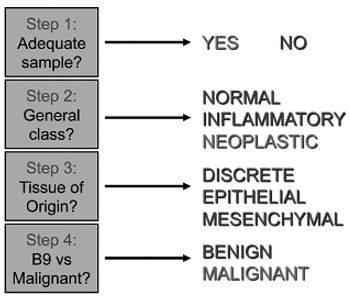
While cytology does not give the practitioner the same amount of information as histopathology does, it can provide important information that is rapidly available, inexpensive, and minimally invasive. Cytology can provide important information that can change how subsequent treatment and diagnostics take place.

Soft tissue sarcomas (STS) – hemangiopericytoma, fibrosarcoma, neurofibrosarcoma, Schwannoma, peripheral nerve sheath tumor, malignant fibrous histiocytoma, liposarcoma, myxosarcoma, myxofibrosarcoma, spindle cell sarcoma, anaplastic/undifferentiated sarcoma – exhibit similar biological behavior, and hence can be dealt with in most cases with a similar therapeutic approach.
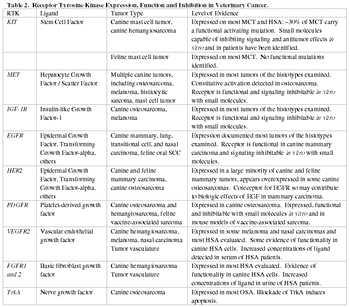
Cancer is a disease characterized by dysregulated growth, abridged cell death, and enhanced cell migration, invasion and angiogenesis. While the molecular mechanisms responsible for this phenotype are very diverse, one class of molecule that has been receiving a great deal of recent attention as a target for therapy are the receptor tyrosine kinases (RTKs).
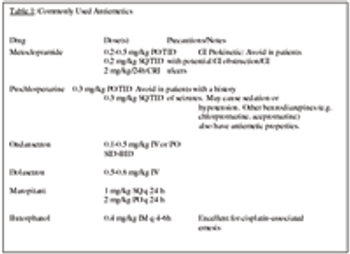
The majority of cytotoxic chemotherapy protocols in common veterinary use are designed to have a low risk of adverse effects. In general, less than 1 in 4 animals will have unpleasant adverse effects and only approximately 5% will have a serious adverse event, leading to hospitalization.

The past 5 years have brought about some noteworthy and exciting changes in veterinary oncology, many of which are available to the practitioner or the client willing to consider referral. A brief discussion of these advances, their applications, and potential for the future, may be helpful in informing the clinician and the dedicated client. Some of these may be covered in greater detail in other lectures in this series.

The last few years have brought some interesting and novel discoveries with regard to the diagnosis and therapy of lymphoma in pets.

Canine hemangiosarcoma (HSA), a malignant tumor of blood vessel endothelial cells, is a relatively common malignancy in dogs compared with other species. In fact, owing to its rareness in humans, we do not have abundant human literature from which to extrapolate when making treatment decisions. Certain breeds (e.g. German shepherds, golden retrievers) appear to be at increased risk for the development of HSA, suggesting a possible genetic predisposition.

Osteosarcoma (OSA) represents the most common bony tumor of dogs and cats. Although information regarding etiopathogenesis is lacking, OSA of the long bones (appendicular OSA) is far more common in large and giant breed dogs than in smaller dogs. Rare causes of OSA include those associated with metallic implants, those formed after radiation therapy, and some feline vaccine-associated sarcomas.

Often, the primary clinician may be the veterinarian making a diagnosis of cancer in a pet and performing the initial client education regarding their pet's disease. Critically important, life-or death decisions regarding euthanasia, treatment, choice to pursue referral, etc. may be made based on information that the owner gets from their primary veterinarian.
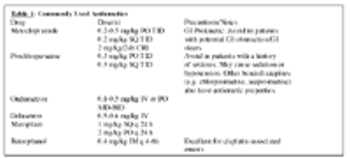
The majority of cytotoxic chemotherapy protocols in common veterinary use are designed to have a low risk of adverse effects.

Osteosarcoma (OSA) represents the most common bony tumor of dogs and cats.
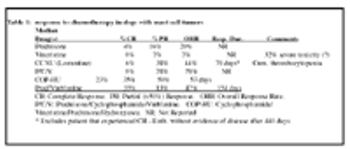
Mast cell tumor (MCT) represents the most common malignant cutaneous tumor in the dog, and is commonly encountered in small animals.
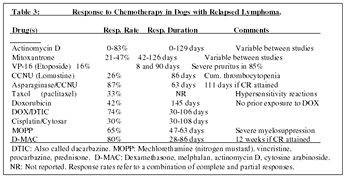
Lymphoma (LSA) is a relatively common disease entity in veterinary medicine.

While cytology does not give the practitioner the same amount of information as histopathology does, it can provide important information that is rapidly available, inexpensive, and minimally invasive.












